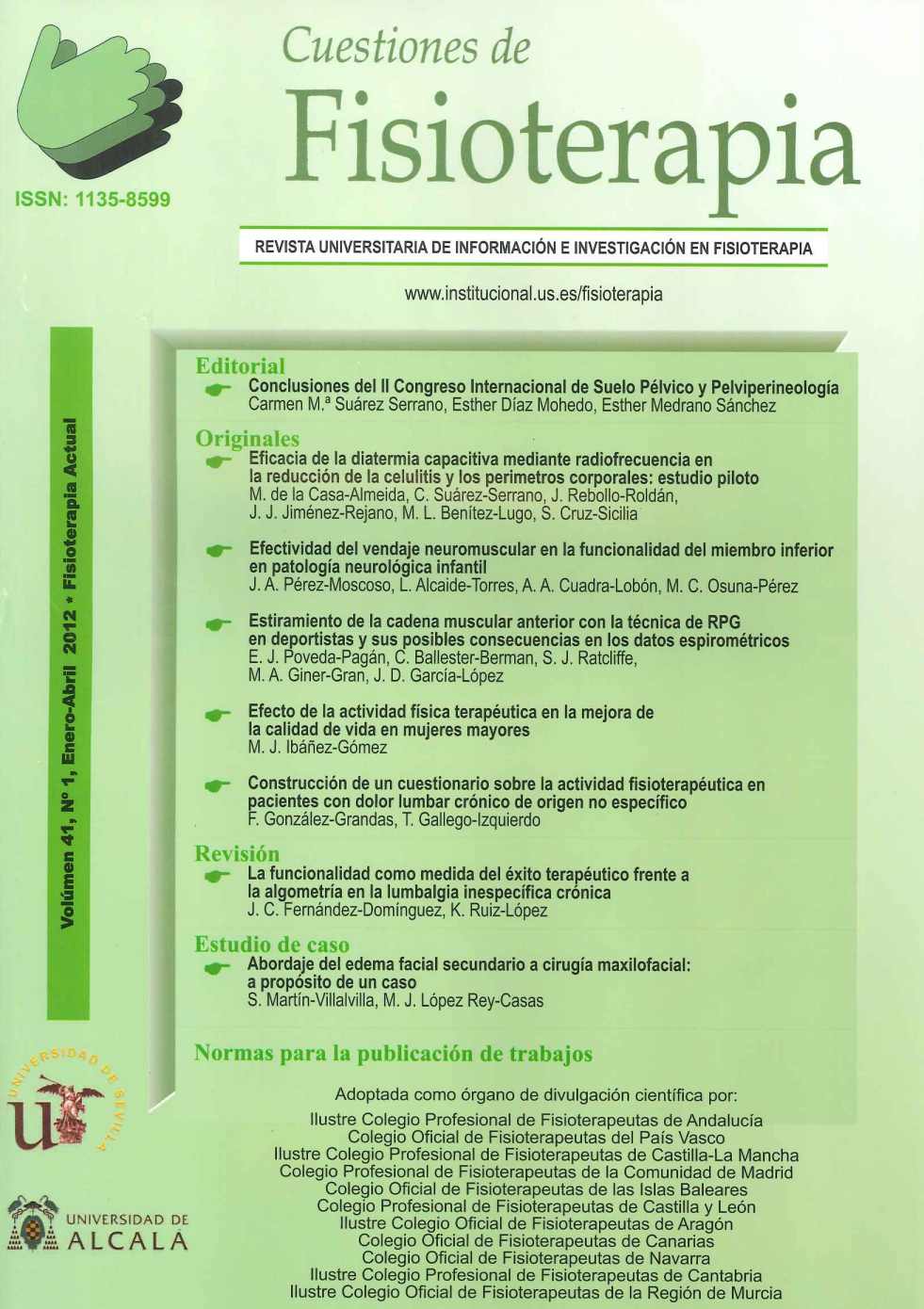Articles
Year 2023, Volume 52, Issue 3
Anthropometric characteristics of body composition, proportionality and physical type associated with functional movement patterns in athletes from TEAM Medellin
Abstract
Introduction: performance for an athlete is vital and the accompaniment from nutrition and physiotherapy, in an articulated manner, to optimize it, is fundamental; changes in indicators of body composition, proportionality and physical type can alter the performance of movement patterns and these asymmetries or deficiencies can be identified through the Functional Movement Screen. The objective of this research was to identify the association of different cineanthropometrics characteristics with functional movement pattern scores in TEAM Medellin athletes. Materials and method: an observational, cross-sectional study with analytical intention was conducted, which included 95 high-performance athletes. For functional movement assessment (FMS), a battery of seven tests was used; additionally, body composition, anthropometric, proportionality and physical type tests were measured to explore, through bivariate analysis and prevalence ratios, the possible associations and their magnitude. Results and discussion: one out of every three athletes managed to complete the most functional tests. In-line lunge, rotational stability and leg raise are the tests with the lowest completeness. Anthropometric indicators affecting four of these functional tests are related to body composition, body proportionality and physique-type characteristics. Conclusions: this is one of the first studies to explore the association between cineanthropometrics indicators with functional movement assessment. Adequate nutritional characteristics are necessary to achieve optimal movement quality and thus better sports performance.
Keywords: : anthropometry, body composition, sports, functional movement assessment, athletes.

